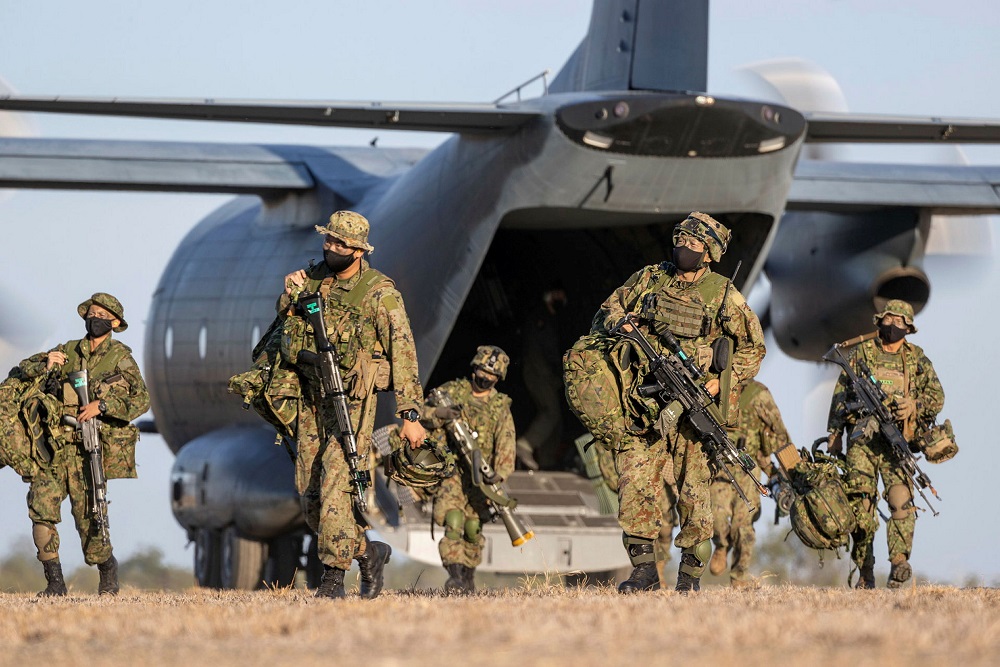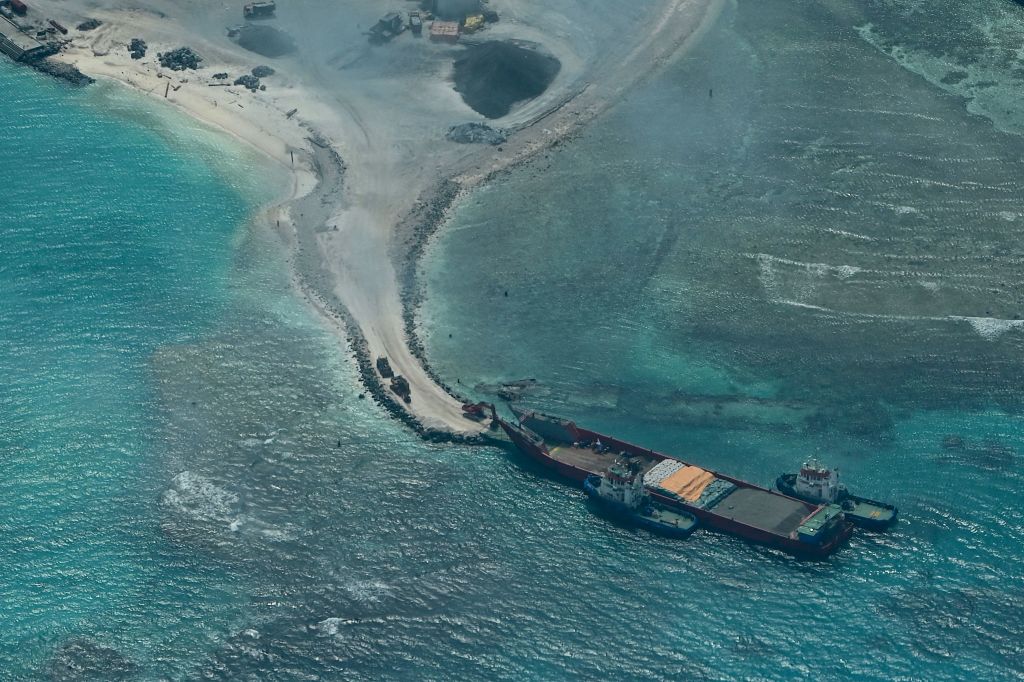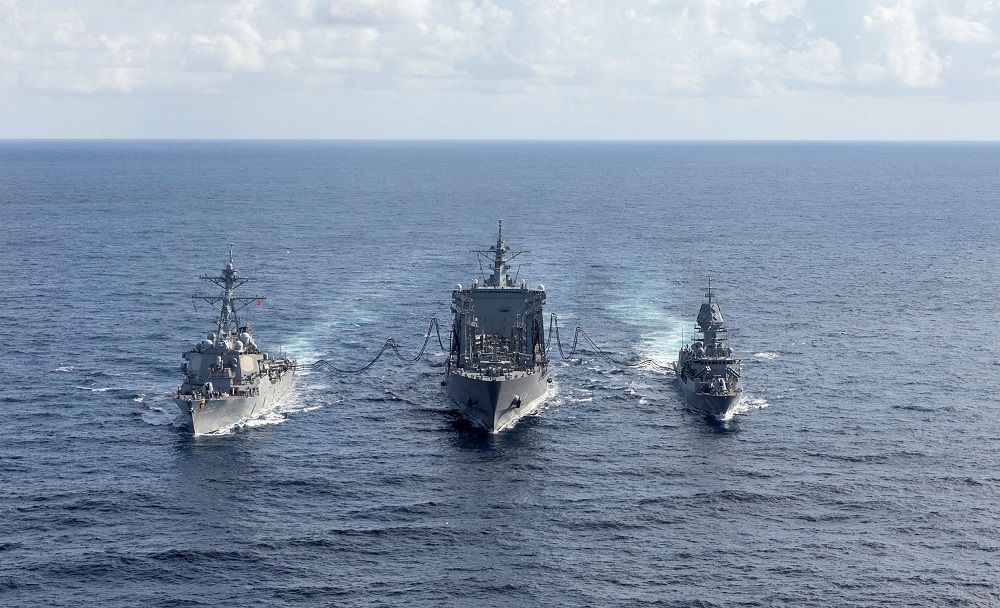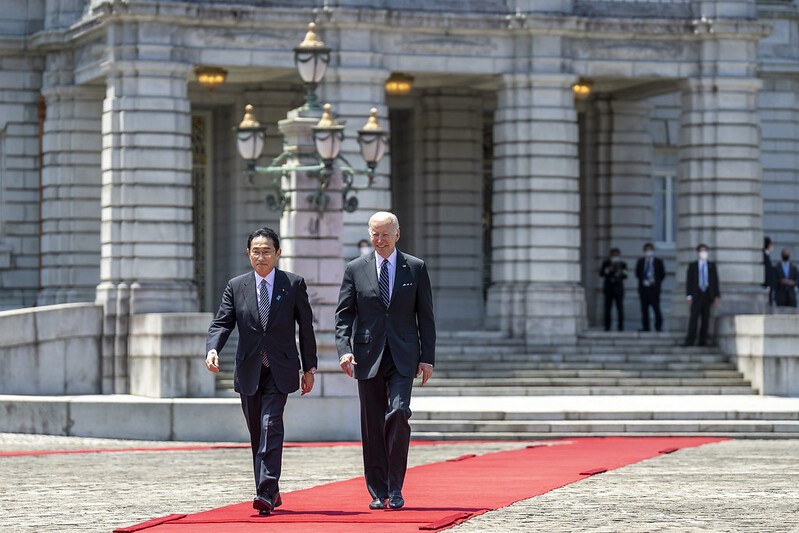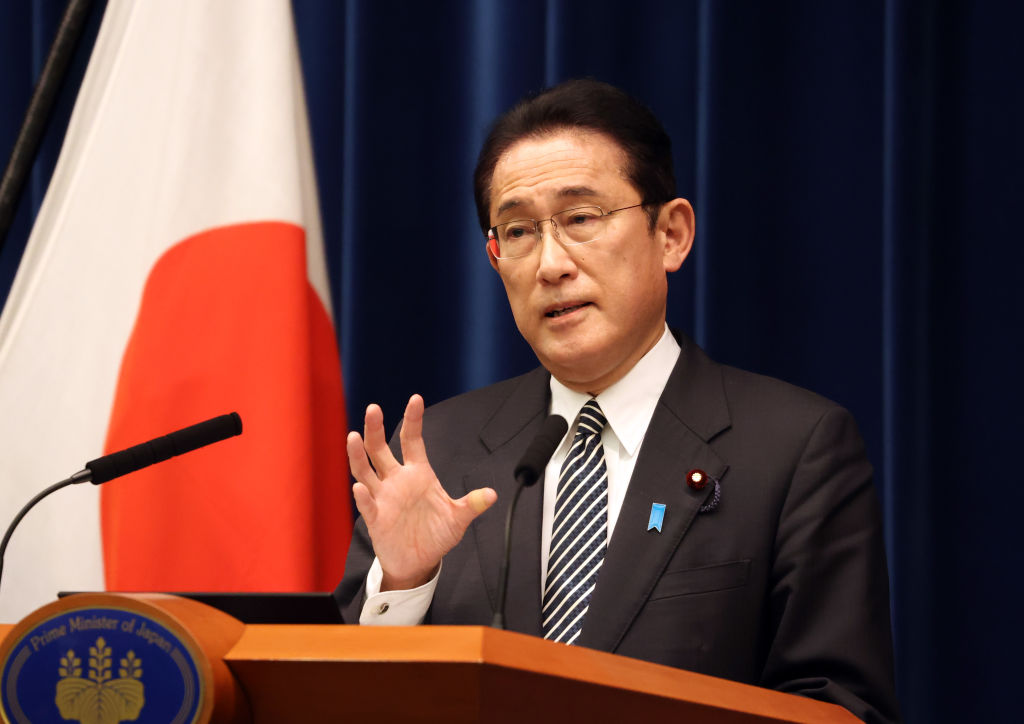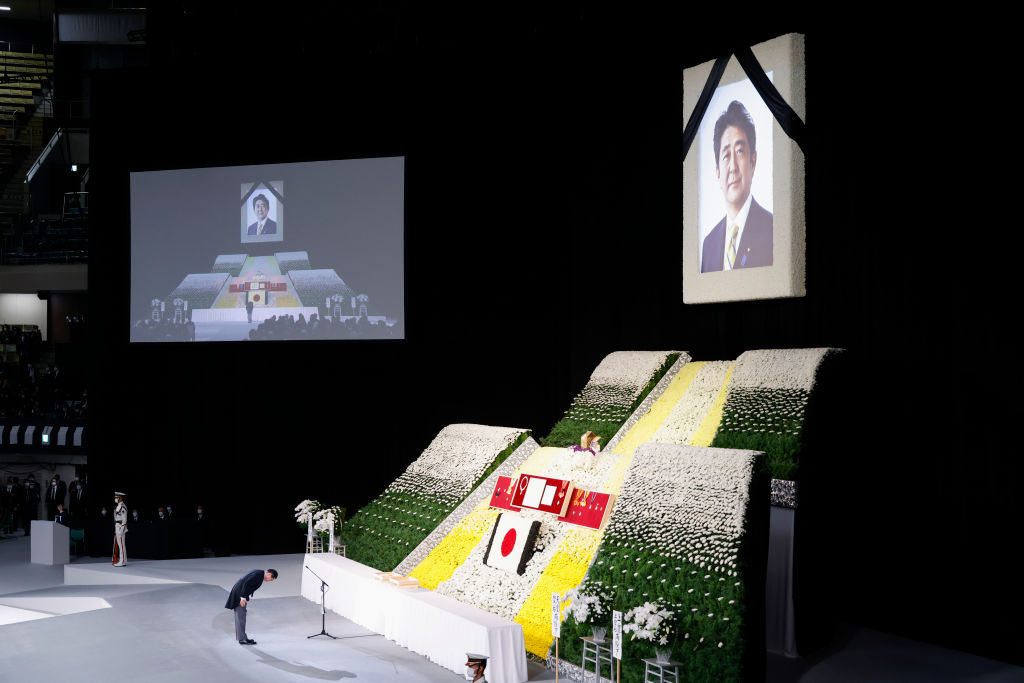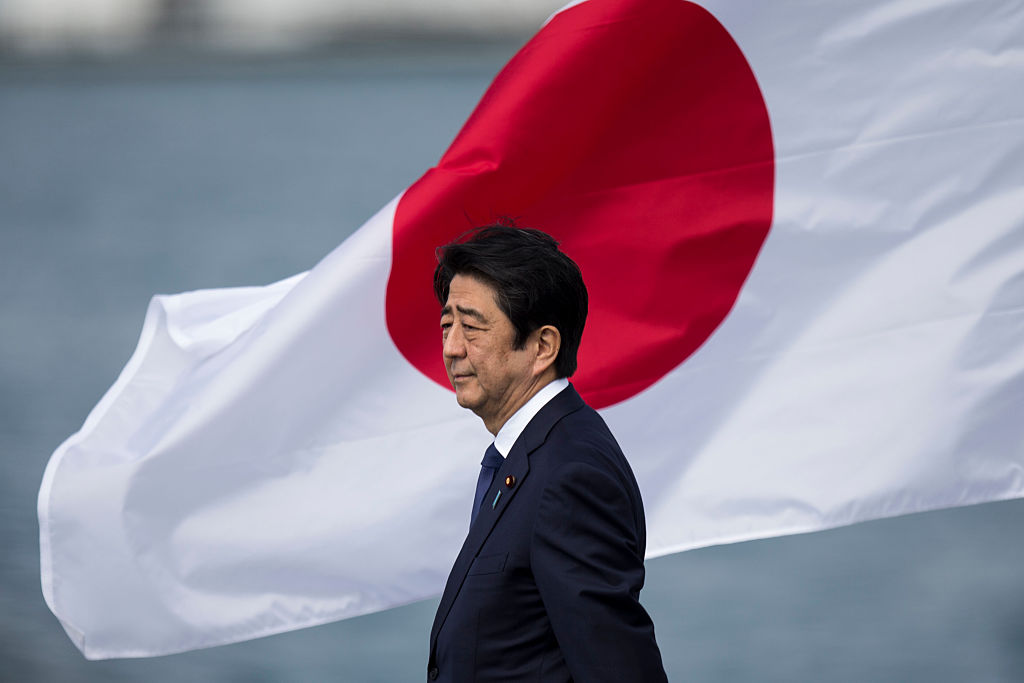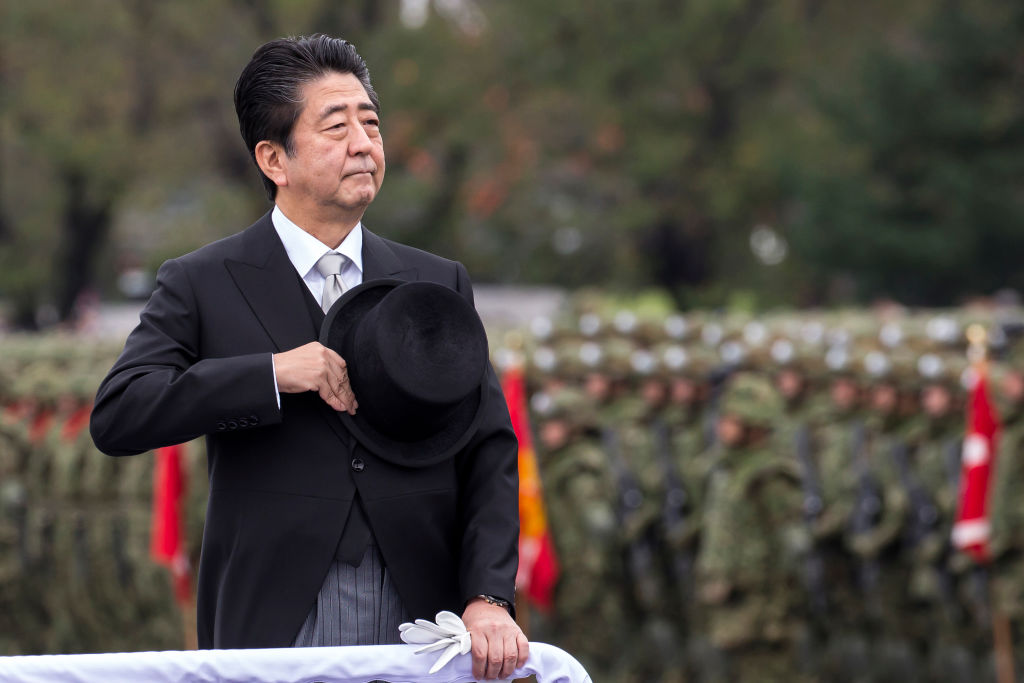Taking Japan–Australia defence cooperation to the next level

After decades of gradual military build-up by China, territorial disputes with China and Russia, and increasing concern about North Korea’s missile-strike capability, Japan is once again reinventing itself and rapidly moving from the pacifist stance it has embraced since the end of World War II. Recent geostrategic instability has also accelerated this shift. It is central to US plans in the Indo-Pacific to retain the strategic advantage by bringing Japan and Australia into a deeper interoperable trilateral relationship—the northern and southern anchors for a free and open Indo-Pacific.
The Japanese government has embraced this and has been unusually frank about its desire to lift military cooperation with Australia to unprecedented levels in coming years. There’s also a growing interest in adding new layers to the defence and security relationship, including in defence industry cooperation; research on and development of critical and emerging technologies; and cooperation in cybersecurity, energy security and renewables.
The Australian Defence Force and the Japan Self-Defense Forces have developed an impressive series of exercises that are now second only to Australia’s exercises with the US as far as depth and frequency go. This is very encouraging and important to help build interoperability, trust and people-to-people connections. Australia’s defence and national security ‘Japan watchers’ (unfortunately still a small group) will agree that this level of cooperation and engagement was unthinkable even just a decade ago—a short time in international relationship development.
Things are moving in the right direction and the policy and technical foundations have been laid, most recently with the signing of the Australia–Japan reciprocal access agreement. The agreement is important for increasing training and exercising between the JSDF and the ADF and could enable the JSDF to conduct unilateral training in Australia. It complements other arrangements between the two countries, such as the sharing of classified information and the reciprocal provision of supplies and services for exercises and training, UN peacekeeping operations, humanitarian assistance and disaster relief operations, and transportation of nationals and others in overseas exigencies.
Since the end of World War II, peacetime for Japan and a pacifist constitution have meant that the JSDF hasn’t engaged in actual warfighting for almost 80 years. That’s a long time for a military not to have the experience to help hone its tactics, techniques and procedures; for officers to develop battle experience and leadership; for soldiers to develop skills and combat techniques and to test equipment; and for the government to manage public reaction to personnel being involved in a conflict.
The JSDF has been involved in various peacekeeping, capacity-building and humanitarian missions, including with the ADF in Iraq from 2004 to 2006. However, as any military expert will tell you, this is not the same, and the JSDF now urgently needs to increase its combined-arms training. Training and multinational experience are mandatory for success in a rapidly deteriorating Indo-Pacific.
The Northern Territory offers arguably the best location in the region to meet the JSDF’s training needs. There are alternative training sites on the US mainland; however, most experts agree that they don’t offer the unique characteristics found at training areas in the Northern Territory. No other location offers the opportunities for multi-domain training across air, land, sea, space and cyberspace available in the Northern Territory.
The territory has four key training areas that are already used for a range of annual training serials between the ADF and the US military—primarily the US marines and air force. The hard infrastructure at the heart of this hub are the Bradshaw and Delamere training ranges, which together form one of the largest training areas in the world. Bradshaw, for example, is almost three times the size of the US Army National Training Center and more than three and a half times as big as the US Marine Corps Air-Ground Combat Center. The ranges are in sparsely populated areas, are close to Asia and potential future areas of operations, and have no commercial overflight and therefore no altitude restrictions for aircraft and long-range rockets. They also have little to no electromagnetic interference, which helps with testing sensors, electronic-warfare capabilities and next-generation platforms.
In addition to supporting the JSDF’s training requirements, there’s great potential to deepen the Australia–Japan–US relationship and develop a multinational amphibious unit based in the Northern Territory. Given the US marines’ established presence in the Northern Territory, this is a natural next step. It would also be useful for coordinating with other regional partners and allies for amphibious training and in activities such as humanitarian assistance and disaster relief.
It’s important that Australia capitalise on the momentum the reciprocal access agreement brings to its relationship with Japan by develop joint training opportunities in partnership with the JSDF. The Australian government should be—and may well already be—providing Japan with specific proposals for getting the JSDF to Australia routinely and perhaps in the future a modest permanent presence embedded with the ADF (as with the US marines in Darwin).
In this growing and important defence relationship, an immediate practical step could be establishing a JSDF liaison office at Robertson Barracks in Darwin along with increasing JSDF secondments to other ADF units and at the ADF headquarters in Canberra. Longer term (but not too distant), the Australian government should develop a permanent Japan–Australia military training initiative in the Northern Territory along similar lines to the longstanding Australia–Singapore training initiative based in central and northern Queensland.
The training areas in Queensland are owned and managed by the Australian government, but Singapore has a significant investment in developing and enhancing them to help meet the future needs of the ADF and facilitate an increase in Singapore Armed Forces personnel training in Australia. When the initiative reaches maturity, up to 14,000 Singapore Armed Forces personnel will train in Queensland for up to a total of 18 weeks split into two nine-week periods each year. A similar arrangement could easily be established in the Top End.
There will be political and public-perception hurdles to overcome on both sides, but now is the time to be thinking boldly.

